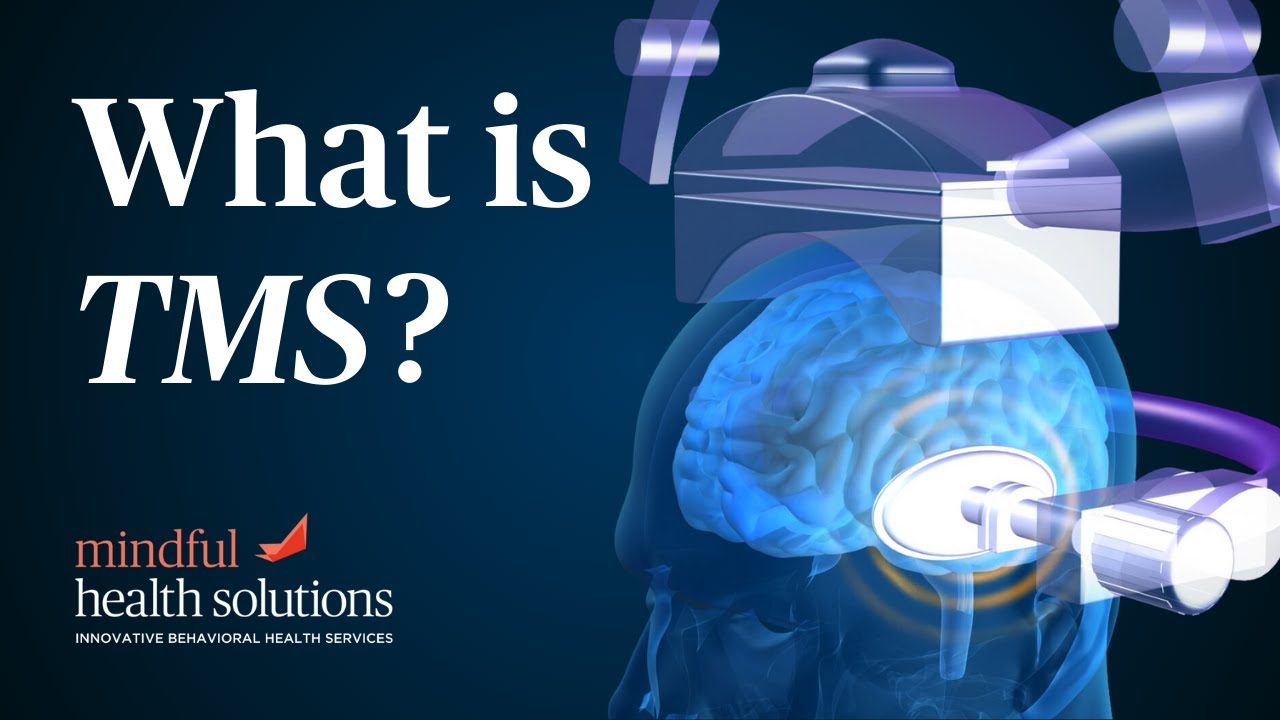The frustration of navigating through an endless cycle of medications in search of chronic pain relief, only to encounter side effects that range from inconvenient to severely life-altering, is an all-too-common story. For many living with chronic pain, this struggle against a condition that seems to defy traditional treatment methods is their daily reality. As people look for solutions that are effective while freeing them from the burdens of pharmaceuticals, Transcranial Magnetic Stimulation (TMS) presents itself as a compelling alternative. This innovative, non-invasive technique taps into the science of neural modulation, offering a new path for those exhausted by the relentless search for relief, promising a life where managing pain doesn’t have to mean depending on medications.
The Burden of Chronic Pain
Chronic pain, characterized by persistent discomfort lasting beyond the usual course of an acute illness or healing of an injury, poses a considerable challenge to both individuals and healthcare professionals. It’s a condition that can stem from various sources, including nerve damage, fibromyalgia, and other long-term ailments, often leading to significant physical and emotional strain. The quest for effective management is hindered by the complex nature of pain, which varies significantly from one person to another, making a one-size-fits-all solution elusive.
Moreover, the impact of chronic pain extends beyond physical symptoms, affecting mental health and overall quality of life. Traditional treatment methods, while providing some relief, often come with side effects or fail to address the root cause of the pain, underscoring the need for innovative approaches that tackle both the physiological and psychological components of this debilitating condition.
The Principles of TMS
Transcranial Magnetic Stimulation (TMS) stands at the forefront of such innovations, offering a glimmer of hope for those battling chronic pain. At its core, TMS is a non-invasive procedure that uses magnetic fields to stimulate nerve cells in the brain, particularly in regions associated with mood regulation and pain perception. Originally developed for treating depression, the technology has since been adapted to address chronic pain, reflecting the adaptability and potential of TMS to revolutionize treatment paradigms.
The science of TMS is rooted in neurology and the understanding of how brain activity influences pain. By targeting specific areas of the brain, TMS aims to alter the neural mechanisms that contribute to chronic pain, potentially resetting the pain processing pathways and providing relief where other treatments may have fallen short.
The video below depicts how TMS works to treat depression, but it works essentially the same when treating chronic pain. The main difference is the target location since it will be targeting the areas associated with pain perception.
How TMS Works Against Chronic Pain
TMS works by generating a magnetic field to induce a small electrical current in targeted areas of the brain without direct contact or invasive procedures. This current stimulates neurons in the brain regions involved in pain perception, which can lead to a reduction in pain symptoms. The precise mechanism involves modulation of neural activity, essentially ‘teaching’ the brain to process pain signals differently. As a result, the individual’s pain experience is diminished.
Recent studies have highlighted the effectiveness of TMS in managing various types of chronic pain, including nerve pain and fibromyalgia., TMS offers a unique approach to chronic pain management by focusing on the neurological underpinnings of pain. In comparison, traditional pain management strategies often focus on the symptoms rather than the source of pain.
Discover how TMS is transforming fibromyalgia treatment for good.
The TMS Experience for Chronic Pain
Undergoing TMS therapy is a straightforward and comfortable process for most patients. Sessions typically last between 15 to 20 minutes, during which a specialized device is positioned near the head to deliver magnetic pulses through the scalp to the targeted brain area. Patients remain awake and can resume their normal activities immediately following the session. This factor makes TMS an attractive option for those seeking an effective, non-disruptive treatment method.
The non-invasive nature of TMS, coupled with its minimal side effects, marks a significant departure from conventional chronic pain treatments that may involve medications or more invasive procedures. This makes TMS particularly appealing to individuals who are either sensitive to medications or have not found relief through traditional methods.
Advantages of TMS Over Traditional Treatments
One of the most compelling advantages of TMS is its ability to provide relief without the common side effects associated with medications. Common side effects of pain medications include:
- Drowsiness
- Nausea
- Risk of addiction
- Gastrointestinal issues
- Dizziness
- Depression
The lack of side effects positions TMS as a safer, more sustainable option for long-term pain management. Furthermore, unlike medications and pain relievers that offer symptomatic relief, TMS targets the neurological roots of pain. By addressing the source of the problem, TMS offers the potential for a more lasting solution.
Additionally, TMS presents a non-pharmacological alternative that complements other forms of therapy, such as physical therapy or psychological counseling, enhancing overall treatment efficacy. This holistic approach is crucial for conditions like chronic pain, where physical symptoms are often intertwined with psychological factors.
Considerations Before Choosing TMS
While TMS offers a promising avenue for chronic pain relief, several practical considerations should be taken into account. Accessibility and cost are significant factors. TMS is not yet universally available and treatment expenses can vary. Moreover, insurance coverage for TMS can differ based on the provider and specific health care plan, involving thorough research and consultation with medical professionals to fully understand these aspects.
Potential candidates for TMS should engage in open dialogue with their doctors to discuss the appropriateness of TMS for their specific condition. Together, they can take into account any contraindications or unique circumstances. This personalized assessment ensures that individuals receive the most suitable and effective treatment option for their chronic pain.
Learn more about TMS for chronic pain.
Transcranial Magnetic Stimulation (TMS) offers a novel, medication-free approach to manage chronic pain, embodying the innovative spirit of modern medicine. By targeting the neural basis of pain, TMS provides a promising alternative for those seeking relief from chronic pain conditions.
If you’re struggling with chronic pain and seeking new management options, consider exploring TMS as a potential solution. To learn more and find out if TMS could be right for you, call us at (844) 867-8444. Take a significant step towards alleviating your chronic pain and enhancing your quality of life with Mindful Health Solutions.


